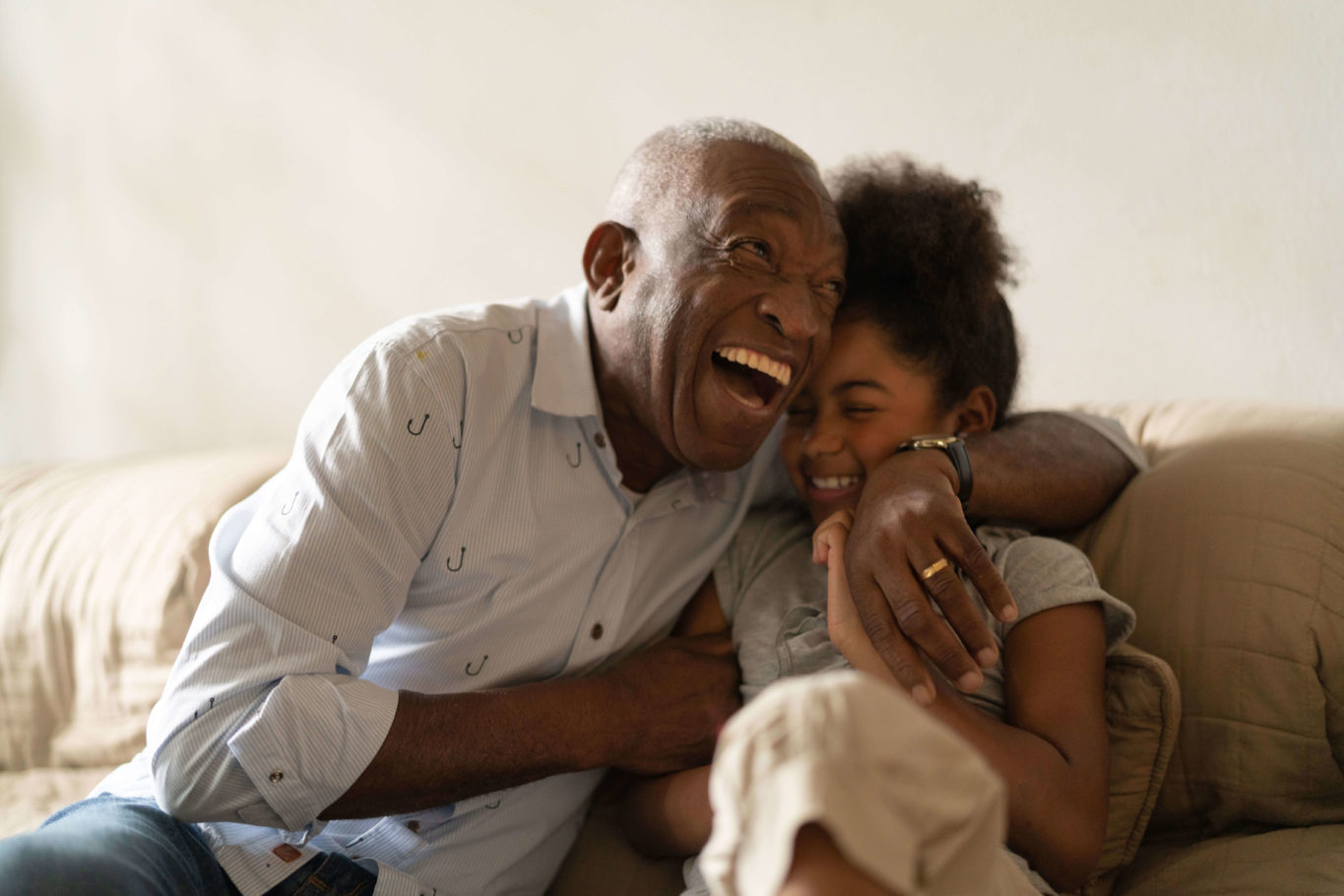As our loved ones age, their safety becomes a priority. One of the key concerns for older people is their living environment. As a caregiver, it’s essential to ensure the safety of the seniors in your care. A safe living environment can reduce the risk of accidents and falls, promoting independent living and well-being. In this article, we’ll discuss how to create a safe living environment for seniors at home, including practical tips and statistics relevant to the UK.
Address Home Hazards
One of the main things to consider when creating a safe living environment for seniors is to identify and eliminate potential hazards in the home. According to the Royal Society for the Prevention of Accidents (RoSPA), slips, trips, and falls are the most common accidents that happen at home, and the risk of these accidents increases with age.
To prevent falls, ensure that the floors are clean and clutter-free. Remove any loose rugs and mats that may cause tripping hazards. It’s also crucial to ensure that there is adequate lighting throughout the home, especially in high-risk areas such as staircases and hallways.
Install Home Safety Equipment
Installing home safety equipment is another essential step in creating a safe living environment for seniors. There are a variety of products available on the market that can help to increase the safety of your loved ones, such as:
- Handrails: Install handrails in high-risk areas such as the bathroom, staircases, and hallways to provide additional support.
- Grab bars: In the bathroom, install grab bars near the toilet, bath, and shower to prevent slips and falls.
- Bed rails: Bed rails can be useful for seniors who are at risk of falling out of bed.
Smoke alarms: Install smoke alarms throughout the home to alert your loved one in case of a fire.
Provide Assistive Devices
Assistive devices can help seniors with daily activities and promote independence. According to the NHS, over one-third of people aged 65 and over have a disability. Assistive devices can help these individuals to continue to live independently and safely. Some of the assistive devices that can be useful for seniors include:
- Mobility aids: Walking frames, rollators, and mobility scooters can help seniors with mobility issues.
- Hearing aids: Hearing aids can improve communication and alert seniors to potential hazards.
- Visual aids: Glasses, magnifiers, and large print books can help seniors with vision loss.
- Medication aids: Pill dispensers and reminder apps can help seniors to manage their medication.
Create a Supportive Community
A supportive community can help seniors to stay connected and engaged. According to Age UK, over 1 million older people in the UK feel lonely, and this can have a significant impact on their well-being. Creating a supportive community for seniors can help to combat loneliness and promote social interaction. Here are some ways to create a supportive community for seniors:
- Encourage participation in local activities: Look for local activities such as exercise classes, art groups, and social clubs that your loved one might enjoy.
- Volunteering: Encourage your loved one to volunteer in their community. Volunteering can be a great way to meet new people and stay engaged.
- Technology: Help your loved one stay connected with family and friends through technology, such as video calls or social media.
- Home care: Consider hiring a home care provider to visit your loved one and provide social interaction and support.
Encourage Healthy Habits
Encouraging healthy habits is another important step in creating a safe living environment for seniors. According to the NHS, healthy habits can reduce the risk of falls and improve overall well-being. Here are some healthy habits to encourage:
- Exercise: Regular exercise can improve strength, balance, and coordination, reducing the risk of falls.
- Healthy diet: A balanced diet can provide the nutrients necessary for good health and reduce the risk of chronic conditions.
- Sleep: A good night’s sleep can help seniors to feel rested and alert, reducing the risk of accidents and falls.
- Medication management: Encourage your loved one to take their medication as prescribed by their healthcare provider.
Creating a safe living environment for seniors is essential for their well-being and independence. By addressing potential hazards in the home, installing safety equipment, providing assistive devices, creating a supportive community, and encouraging healthy habits, you can help your loved one to stay safe and independent. Remember, it’s never too early to start planning for a safe living environment for seniors. By taking proactive steps, you can help to prevent accidents and ensure that your loved one can continue to live a fulfilling life in their own home.
